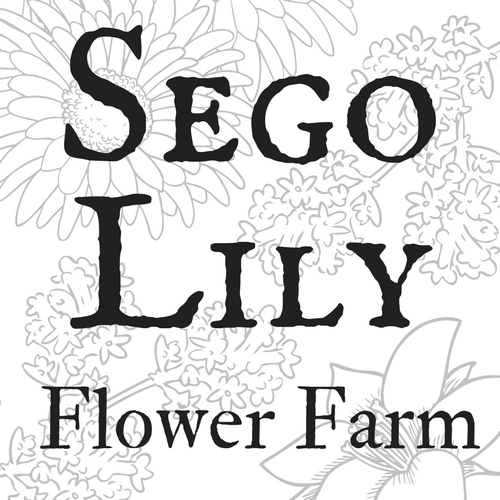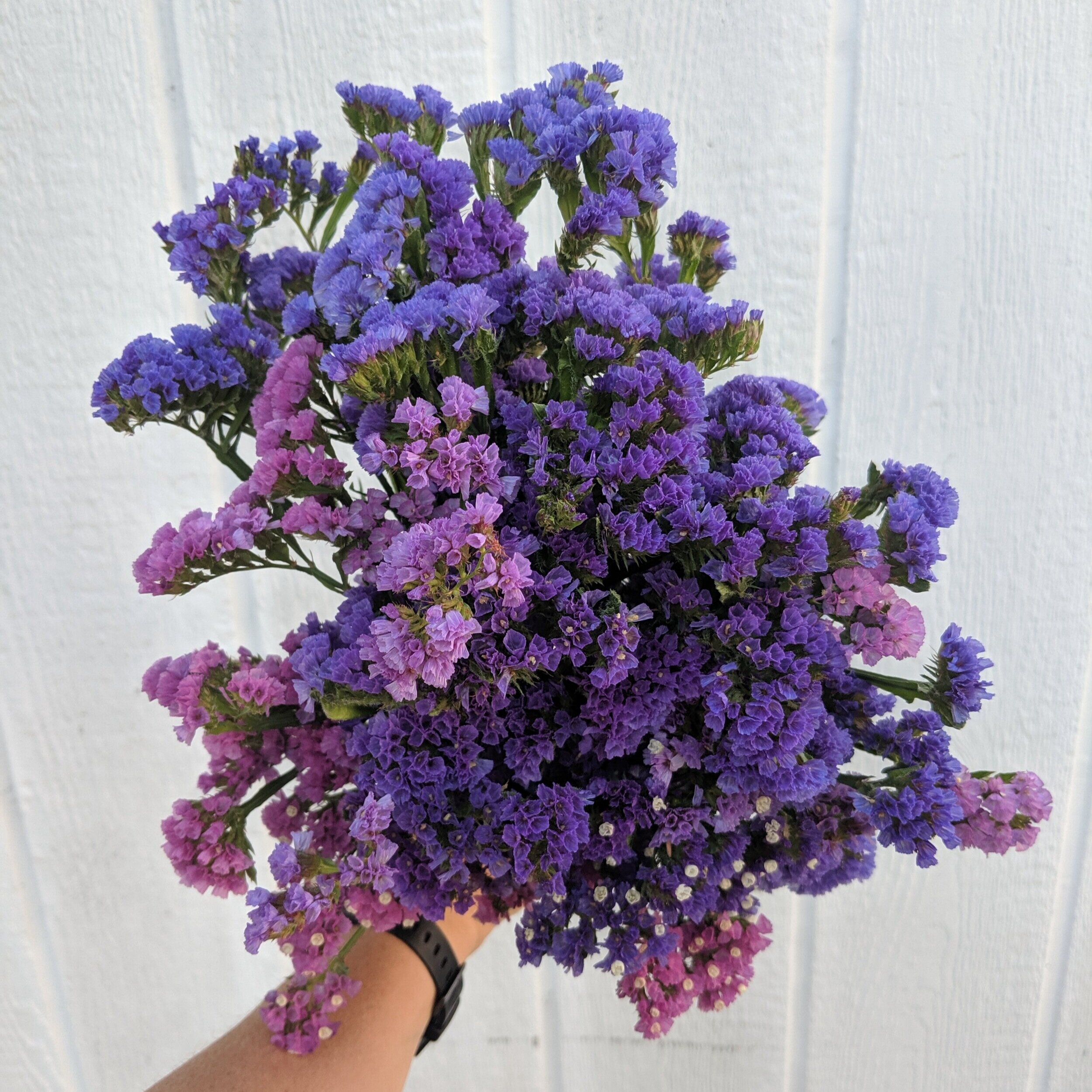In the last post I talked about the best perennials for new growers to try, today I want to tell you about some of my favorite cool season annuals. These lovely blooms are great because you can get them started at the end of winter and plant them out before it’s too hot. Gotta love those cool spring days in the garden!
A couple things about “cool flowers”.
-Plant them out in the garden 6-8 weeks before your last frost date. Here in Northern Utah our last frost date is typically around Mother’s Day, so I do my first outdoor planting in mid March.
-If you need to start your own seedlings, count back from your planting date to figure out when to seed them. For example, if you know it takes 5 weeks to grow snapdragons to the size you want plant out and you want to plant them in mid March you would start them in early February.
-They like it cool, so don’t put them on a heat mat with zinnias or other warm flowers, one or the other will suffer. I keep my mat around 65 degrees when starting most cool season flowers.
-It’s best to have your beds prep in the fall so you don’t get held up by rainy weather that could make bed prep a muddy mess.
-While they are cold tolerant, it can be a good idea to keep some frost cloth on hand to cover them if the temps dip a little too cold. It’ll help you sleep better during those inevitable cold snaps knowing your plant babies have a little protection. I like Agribon 19.
-Direct sown varieties are a great option if you don’t have space to start seeds inside.
Now for the fun part- the varieties! There are a lot to choose from but I think the following are a great place to start.
Nigella
I’ve never actually “planted” nigella, but I harvest it every year. It comes back year after year from a wildflower mix that some past owner sprinkled out decades ago. Disturb the soil slightly, cast your seed and give it a light watering and walk away. It’s that easy. The blooms are usually a lovely light blue or white and the seed pods that from later are great to dry for use later. You can even toss your seed out in the fall and they come through the winter like champs! Cut when buds are beginning to open or wait til the seedpods form.
Nigella
2. Snapdragon “Madame Butterfly”
I love these frilly, gorgeous flowers! They make a great linear shape in bouquets and smell delicious to boot. Snapdragons are best started indoors. They have tiny black seed casing that sometimes become stuck on the new seedling, using a dome over the seedlings and misting them occasionally will help with that. The color “Bronze with White” is a coral pink and one of the prettiest I’ve ever seen. Cut when the bottom third ot the florets are open.
Snapdragon “Madame Butterfly”
3. Statice “Seeker Series”
Statice is the unsung hero of the summer bouquet. Not flashy on its own, it fills out and adds color to the group. I plant it twice, once in mid March and again in mid April. From these two plantings I have flowers from late June or early July until frost. Start inside much like snapdragons. I especially like Seeker Blue and Seeker Light blue, they make yellows and peachy colors pop. As a bonus, you can dry your extra stems in a dark warm space for use later. Cut when the florets are fully open.
Statice “Seeker Blue” and “Seeker Rose Shades”
4. Bachelor Buttons
These cute “buttons are easily sown straight into the ground in early spring or in the fall. They come in shades of blue, pink, white, and purples. Sow several successions a couple weeks apart to have a longer span of blooming. They typically bloom in June and July depending on when they are sown and are even edible! Cut as they are just begining to open.
Bachelor Buttons “Classic Mix”
5. Feverfew “Magic Single”
This is my hands down favorite variety of feverfew, perfect, tiny, cheerful daisy shaped blossoms with long strong stems. Each stem is a lush cluster of these cute little blooms. They fill out an arrangement well and impart lots of charm and whimsy. These tiny seeds are best stared indoors, but will gently reseed if happy. I plant a round in mid March and another in mid April, they bloom in June and July AND if you leave them in the ground they will over winter and bloom again, even earlier in June. Cut when most of the flowers on the stem are open.
Just a farmer and her favorite feverfew, “Magic Single”
Many of these flowers will be blooming at the same time as warm annuals that are planted a bit later. Together they make a beautiful bouquet.






